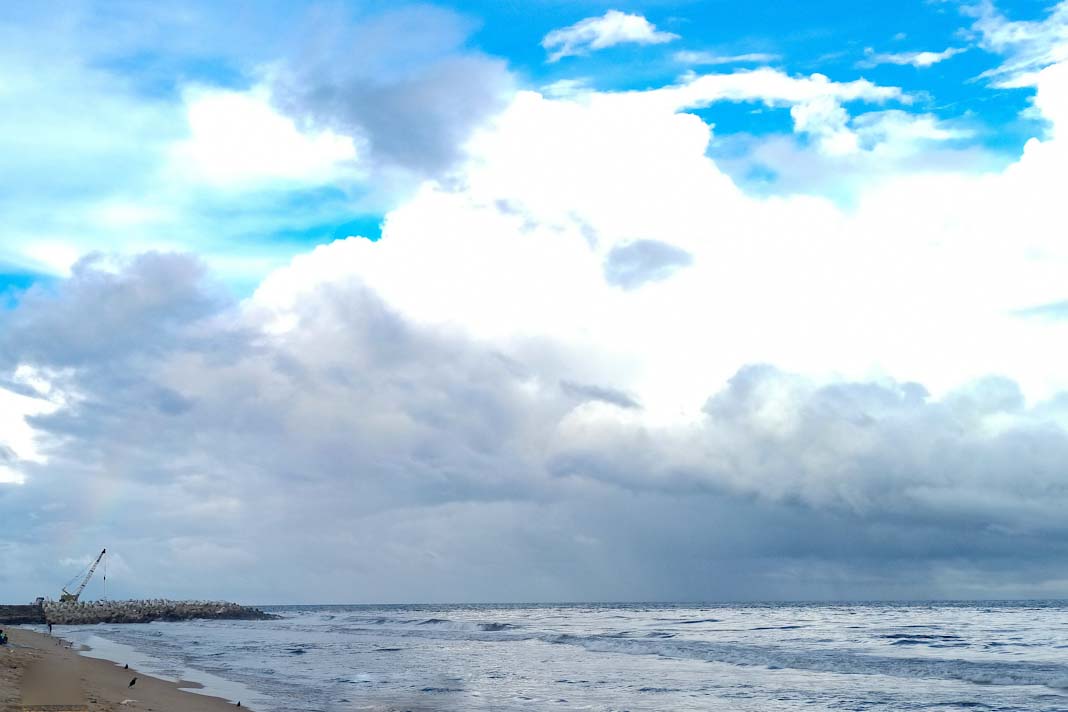- The Britannia Loss Prevention team highlights a rise in dragging anchor incidents and the associated risks, including loss of control, damage, and potential claims.
- The guidance emphasizes the causes of dragging anchor, such as rough weather and poor seamanship, and provides measures to detect, prevent, and manage dragging anchor situations.
- It stresses the importance of thorough planning and risk assessment for anchoring operations, along with a safety checklist for both anchoring and dragging anchor scenarios.
The Britannia Loss Prevention team observes a concerning increase in dragging anchor incidents, emphasizing the potential for high-value incidents and claims. Anchoring, while essential for operational reasons, poses risks such as loss of control, grounding, collisions, and property damage.
Defining Dragging Anchor and Its Causes
Dragging anchor, defined as the sudden loss of holding power, is a critical issue, often triggered by adverse weather conditions exceeding operational limits. The causes extend beyond the anchor itself, with poor seamanship and mishandling of equipment identified as root causes in anchoring incidents.
Preventing Dragging Anchor: Key Measures
To prevent dragging anchor, it is crucial to enhance preparedness and take proactive measures. The guidance suggests increasing the ship’s draught, reducing trim by the stern, and limiting activities that increase windage in light conditions. Dragging anchor is more likely when the ship is light, requiring careful consideration and precautions.
Anchoring Operation Planning and Assessment
Thorough planning and risk assessment are emphasized for anchoring operations. The guidance recommends integrating these considerations into passage planning and utilizing the Safety Management System (SMS) to support the process. Essential information, including seabed assessment, depth evaluation, and weather conditions, must be thoroughly examined during the planning phase.
Detection of Dragging Anchor and Safety Checklist
Early detection of dragging anchor is crucial. The guidance outlines methods for monitoring the ship’s position and movement, recommending regular checks and utilization of position-fixing techniques beyond GPS. A safety checklist for both anchoring and dragging anchor situations is provided, covering key aspects such as anchorage planning, monitoring anchor chain, and immediate actions if dragging anchor is detected.
Safety Measures Against Dragging Anchor
In the event of dragging anchor, the guidance suggests measures such as paying out more chain to improve holding power and using the main engine to decrease anchor load. It underscores the importance of periodic visual monitoring of the anchor chain and maintaining readiness for immediate actions.
Considerations for Ship Safety
Considerations for ship safety include increasing drafts, trimming the ship by head, and dropping a second anchor when necessary. The guidance emphasizes the potential escalation of dragging anchor incidents to high-risk situations, highlighting the need for well-planned anchoring operations and diligent anchor watch.
Conclusion and Additional Training
The guidance concludes by emphasizing the need for additional training to enhance risk awareness and procedural knowledge. It underscores that the provided guidance does not replace company safety management procedures, policies, or statutory regulations, serving as a complementary resource to minimize the likelihood of dragging anchor incidents.
Did you subscribe to our daily Newsletter?
It’s Free! Click here to Subscribe
Source: Britannia P and I


















